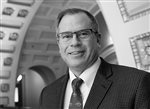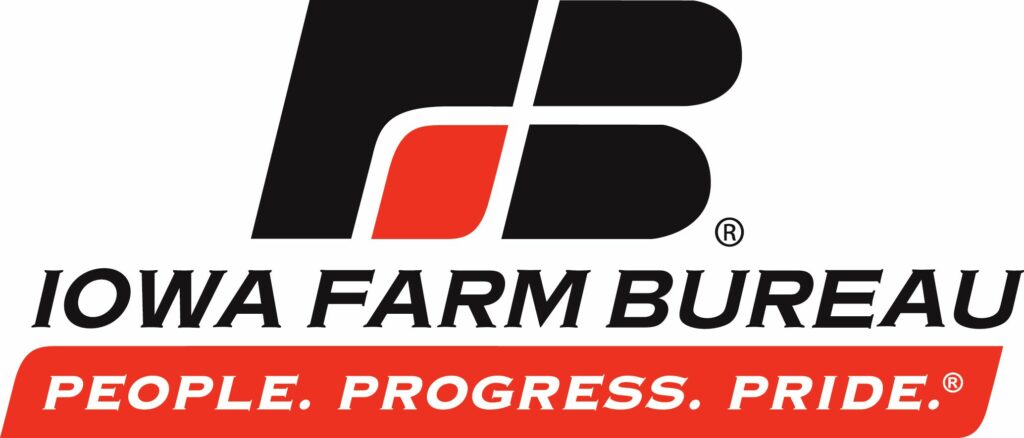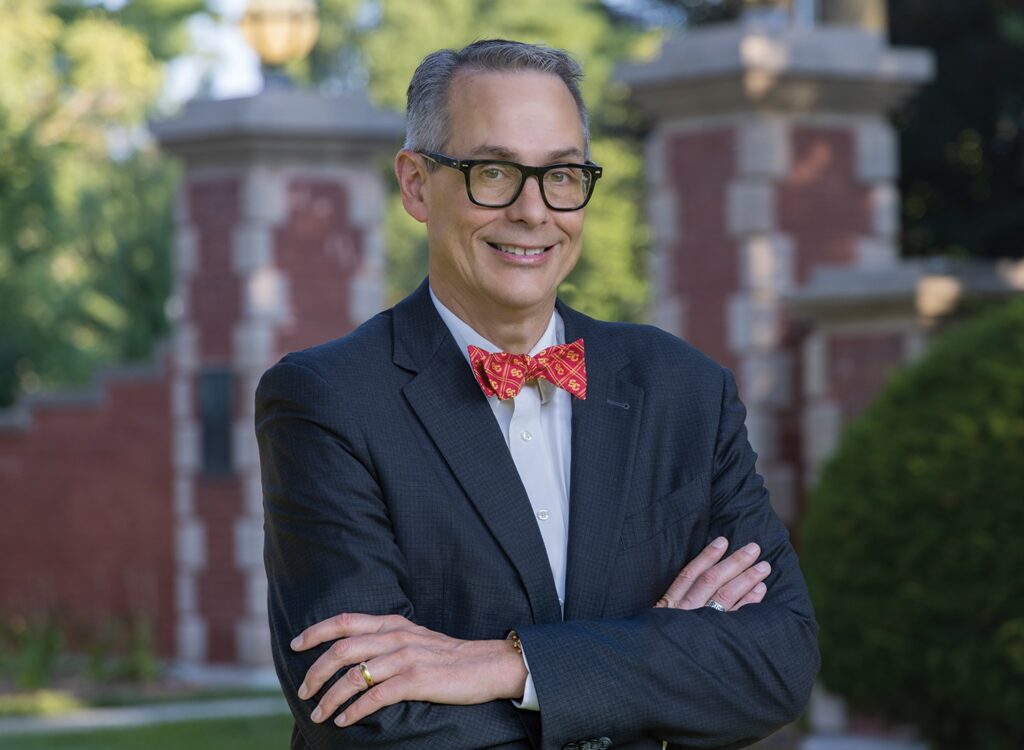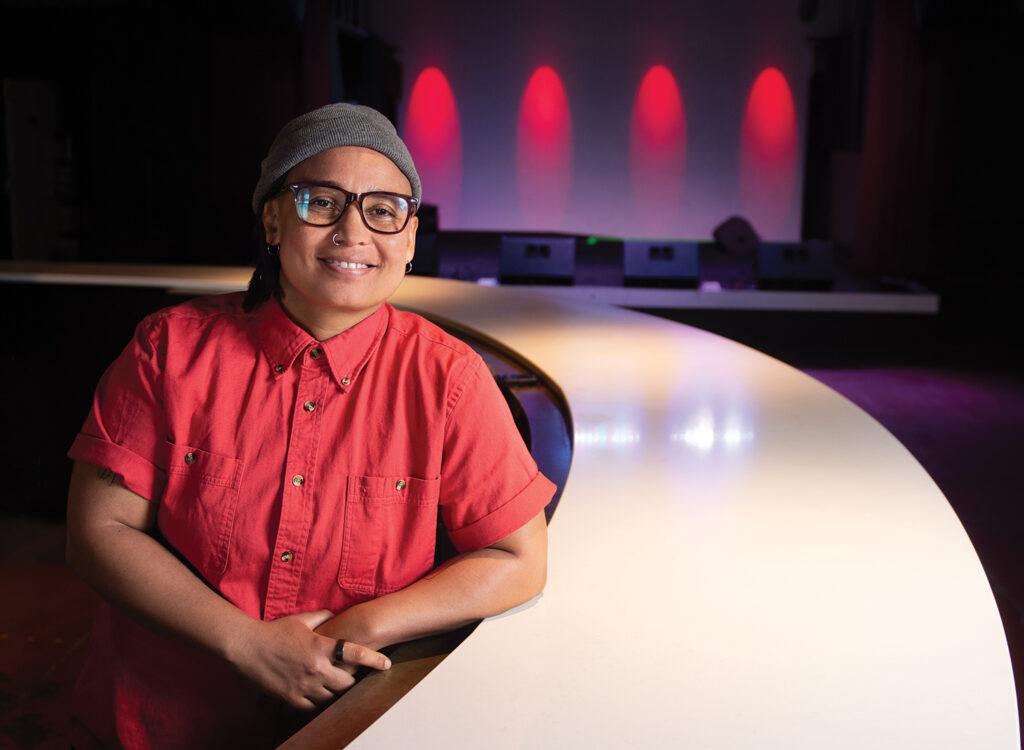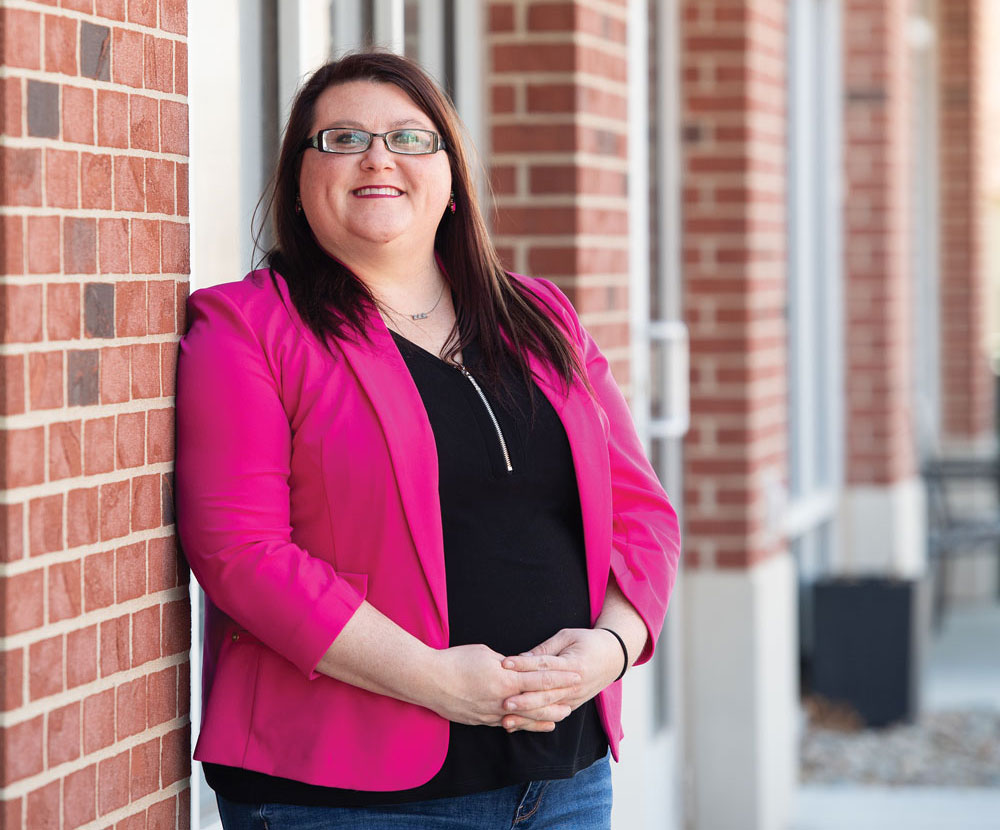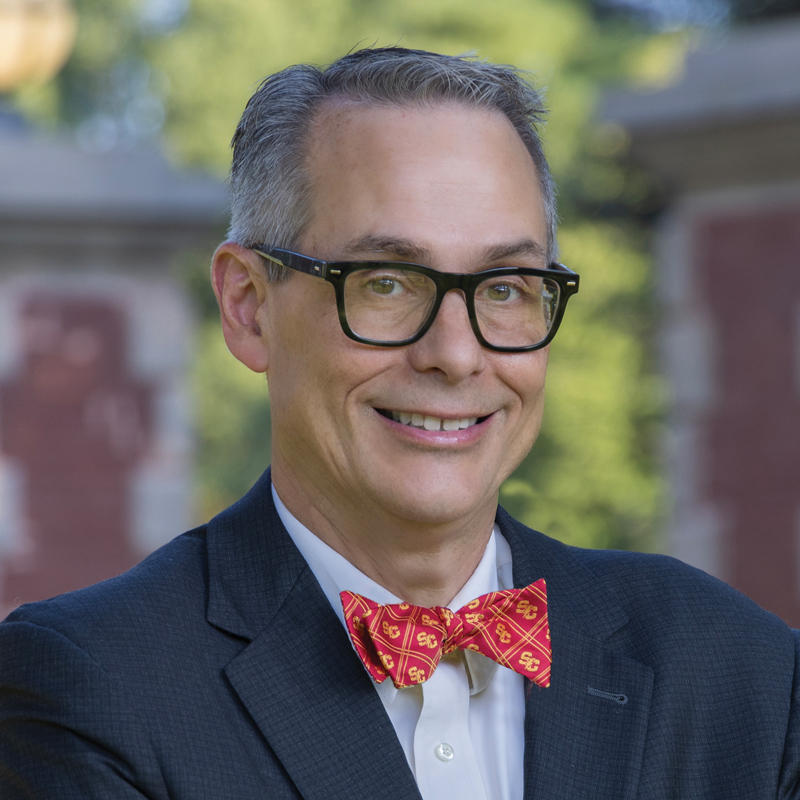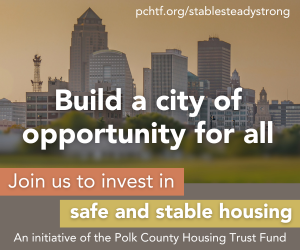A Closer Look: Peter Dorhout

SARAH BOGAARDS Dec 15, 2021 | 8:33 pm
7 min read time
1,670 wordsA Closer Look, Business Record Insider, EducationAfter moving around in both childhood and career, Peter Dorhout returned to a familiar place when he accepted the position of vice president of research at Iowa State University. He started the role in January 2021.
He had completed a two-year postdoctoral position at Iowa State and the U.S. Department of Energy Ames Laboratory in 1991 before taking his chemistry background to Colorado State University. At Colorado State, he served in multiple roles over 20 years, including seven years as the vice provost for graduate affairs and assistant vice president for research. His return to the Midwest started in Manhattan, Kan., working at Kansas State University as dean of the college of arts and sciences and vice president for research until his transition to Iowa State.
Dorhout’s other involvements have included leadership roles with the American Chemical Society and Boy Scouts of America, and he joined the Science Center of Iowa’s board of directors in 2021.
Every university I’ve been a part of has been a land grant university. And that land grant mission and heritage is something that has really grounded me in thinking about what are the values in higher education associated with a land grant university? Land grant universities were founded on the principle of providing access to higher education to the citizens of the states or the people of the states where they were founded. While they’ve not always been perfect at it, being able to provide that access to an excellent educational experience is something that I really hold dear, that we have the ability to attract outstanding faculty and staff who support that educational mission and support the students that come to Iowa State or Kansas State or Colorado State. It’s more than just being known as the agriculture school, but rather the university that prepares students for lifelong learning, lifelong experiences and having an impact in their local communities. So moving from Kansas State to Iowa State, very similar missions, very similar views on our role in educating students and connecting with the people in the state, so that has been great to see that commonality, that common thread and mission and set of values. Iowa State is a larger university, a larger research portfolio, and to me, being connected with the Department of Energy Laboratory and being associated with the USDA facilities in town are also a real bonus that really speaks to the quality of the university here and the community that we’re in.
How does your chemistry background influence the mindset and expertise you bring to your current role?
I’m a very analytical thinker, and chemistry and the sciences, broadly speaking, were of a central interest to me as a young person and have helped form the way I approached problem-solving. I recognize that as a scientist, we’re not always going to get exactly the right answer we’re looking for, but we’re going to learn something along the way. In problem-solving in the broadest view, I’m very analytical. Show me the information, share the data with me, and that will help inform my decisions, as well as the conversation that we will have around my interpretation of the data, your interpretation of the data. I can’t get away from that mindset, but I can certainly appreciate others’ perspectives when I am making decisions.
What are some of the ways your role supports the research happening at Iowa State?
I would say my focus and connectivity is both philosophical and practical. On the practical side, I’m part of a leadership team, a board of directors, for lack of a better term. So I sit at the same table with David Spalding [interim vice president for economic development and industry relations and dean of the Ivy College of Business] and Rick Sanders [president and director of the ISU Research Park] and other members of our community … developing strategies for the research park and thinking about its expansion. I’m part of those discussions because research is integral with economic development, not just here in the Ames community, but creating new knowledge, creating new things, is how you advance economic growth. …
Describe your leadership style.
I work very hard at being a collaborative leader, and I put it that way because being a collaborative leader is not easy. It’s not easy to embrace the variety of different opinions, many of which are not going to agree with your own when trying to solve problems. It’s easier to say, “Well, this is my way, and we’re going to do it that way” versus we have a task at hand and asking your team to describe how they might approach it, and then coming to a consensus ultimately. I am also a leader who respects that while we can have a lot of conversations and bring in a lot of opinions about a particular project, I have to make the decision at the end of the day. I am the one responsible for that, and those leadership perspectives were actually formed when I was a young person. I’m an Eagle Scout. I’ve been involved in scouting my entire life and really embrace the positive aspects that are part of scouting, whether it’s learning skills — camping, canoeing, woodworking. Learning those skills is important, but how you apply them in thinking about your day-to-day activities, in scouting, it’s about youth leading and youth team-building. You find many of those same principles in a lot of youth organizations, whether it’s 4-H, whether it’s YMCA or others. There are leadership skills that are grounded in a lot of those youth organizations, and that helped me as well. I think that leadership starts early and continues to be a learning process all along the way.
You did postdoctoral work at Iowa State and are now back in Iowa in this role. How has the university and its research capacity changed since you were first here?
When I arrived here, a freshly minted Ph.D., my wife and I were focused on getting careers started. She’s now a retired nurse; [she] worked at Mary Greeley hospital, and we started our family at the same time. So you’re not necessarily always looking up and around at how the community is when you’re involved in that … but at the same time, now I’m coming back mature, more mature certainly than I was in 1989, and I’m looking at the community in a different way. The way the university and the community and the state engage with one another now [with] the research park, that has really grown and kind of exceeded capacity for what we are hoping to accomplish now. I think that was a dream at the time, and now it’s a reality. In fact, the relationship with the research park and the Ames Chamber of Commerce, the community of Boone and Nevada, I’m looking at that now from a much different perspective. It’s an example of how a university and a set of communities should be working together in partnership, particularly around building a set of communities that attract a workforce, keep a workforce here, support local businesses, regional businesses and [be] a hub for global businesses, and our faculty and students as important talent. [I’m] looking at the Ames community and the resources that are here, and the workforce that [is] here as an important place for doing business. … Tie that together with the research that’s happening here, both the creation of new knowledge and the discovery of new things, but also the innovations that are emerging out of the university. I’m looking at Iowa State from a much different set of lenses now … because I’m looking at it through the eyes of a community member who sees the value in this higher education institution as an important part of that community.
What are priorities or goals you have for Iowa State’s research departments going forward?
At Iowa State, we have been closely watching how federal funding is being directed into new initiatives around creating regional economic hubs based on technology development, and one of our major priorities this year is to partner with regional industry and universities to respond to needs in agriculture and food technologies. We also see significant opportunities for growth in our bioscience technology platforms: precision agriculture, biobased products, and vaccines and therapeutics, which are aligned with the governor’s economic development and recovery plan for Iowa.

